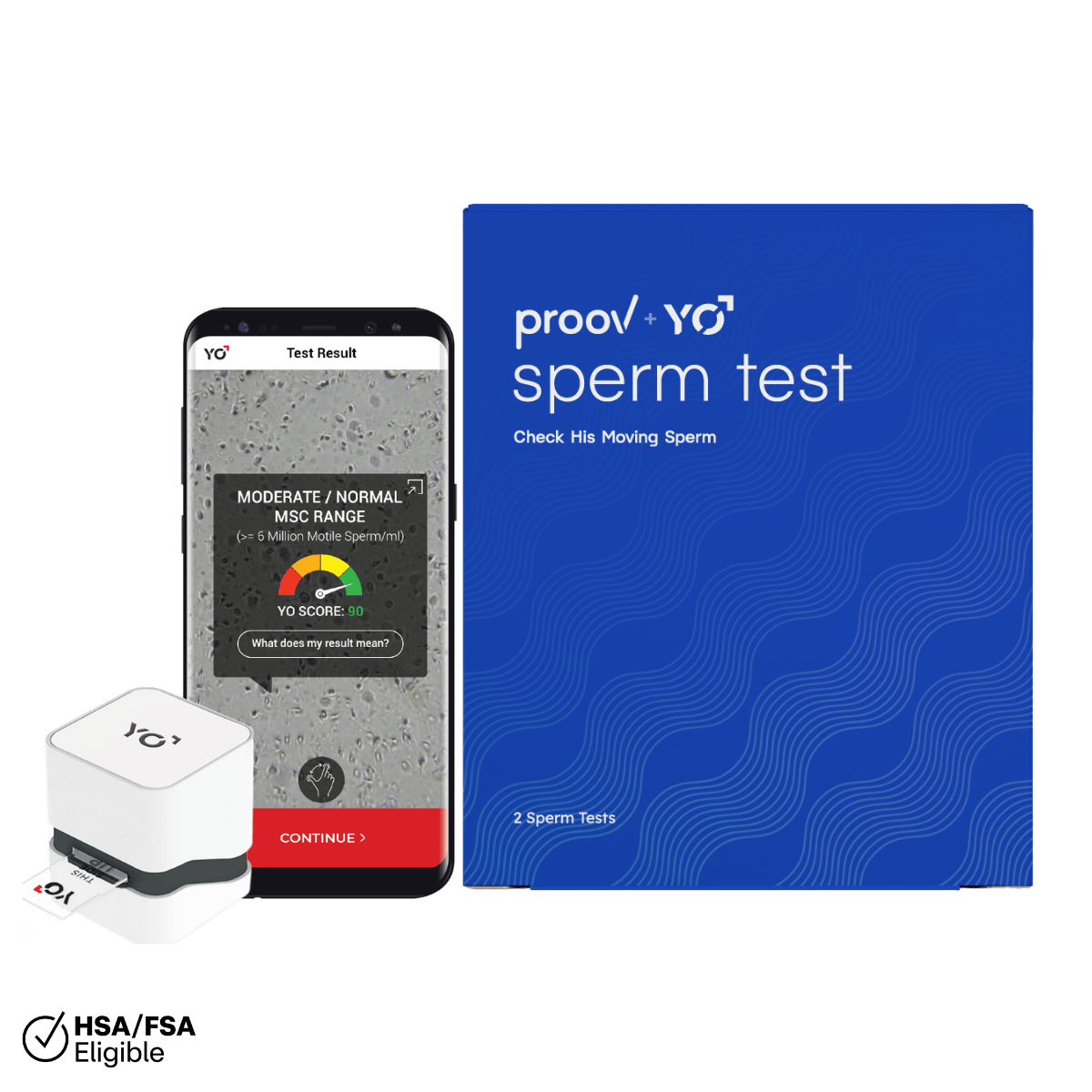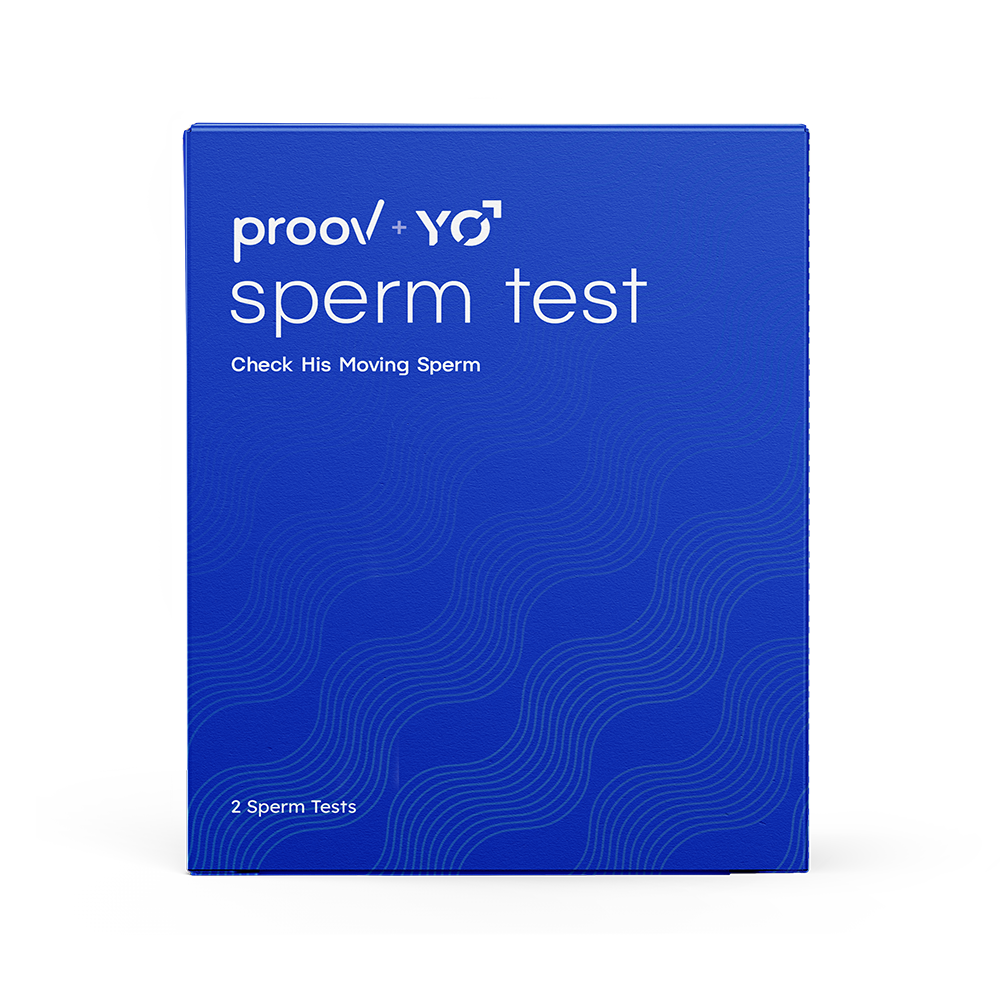Medically reviewed by: Dr. Joshua U. Klein, a board-certified Reproductive Endocrinologist.
Contrary to what you may have been taught in middle school sex ed, there are only a few days each cycle when a woman can get pregnant. These few days, often referred to as your fertile window or peak fertility, are when intercourse is most likely to result in conception.
Your fertile window is surprisingly short, so understanding when it occurs and how long it lasts after a positive ovulation test — with help from tools like Proov! — is super helpful when you’re trying to conceive.
Ovulation Tests and the Fertile Window: What You Need to Know
How long does peak fertility last? The fertile window includes the day of ovulation and the 5 days prior — so understanding when ovulation is approaching is key. Ovulation tests (such as Proov Predict) are one useful tool that can help you catch those fertile days. These handy little at-home tests measure luteinizing hormone (LH) levels in urine.
LH rises or “surges” about 36 hours before ovulation. You can assume you’re fertile on the day of a positive LH test, and for a couple of days after so you know when to have intercourse after positive ovulation test.
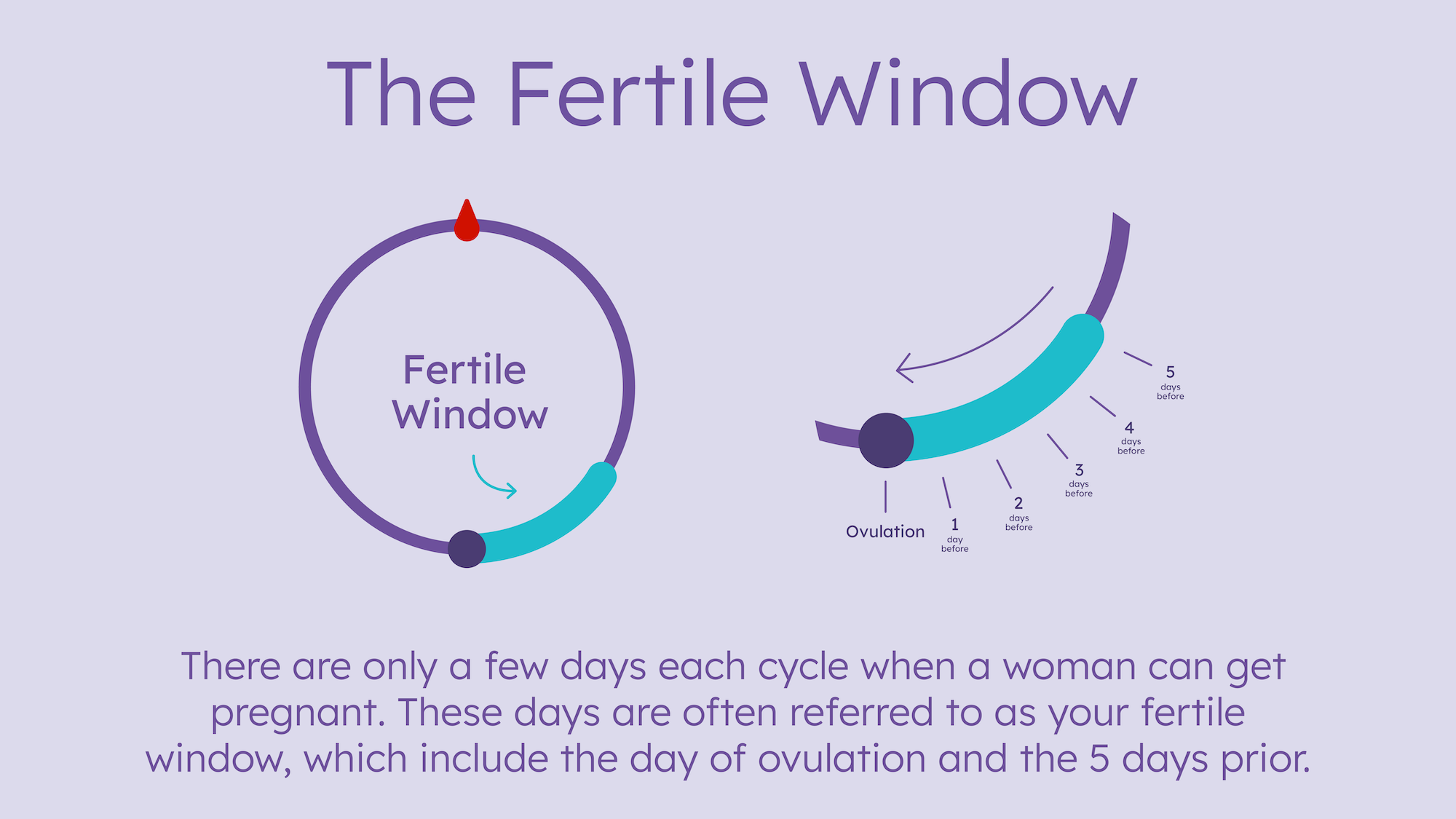
LH Tests are Only One Tool in the Ovulation Toolbox!
For those who want even more information, a comprehensive at-home fertility hormone test kit like Proov Complete can be used to look at levels of E1G, a marker of the hormone estrogen that rises even earlier than LH as ovulation approaches.
E1G testing can alert you to the very earliest possible opening of that critical 5-day fertile window. You can assume you’re fertile on the day of a positive Proov E1G reading, and for about 5 days after.
Many women also find other methods like basal body temperature tracking and cervical mucus monitoring helpful in predicting ovulation to identify the fertile window.
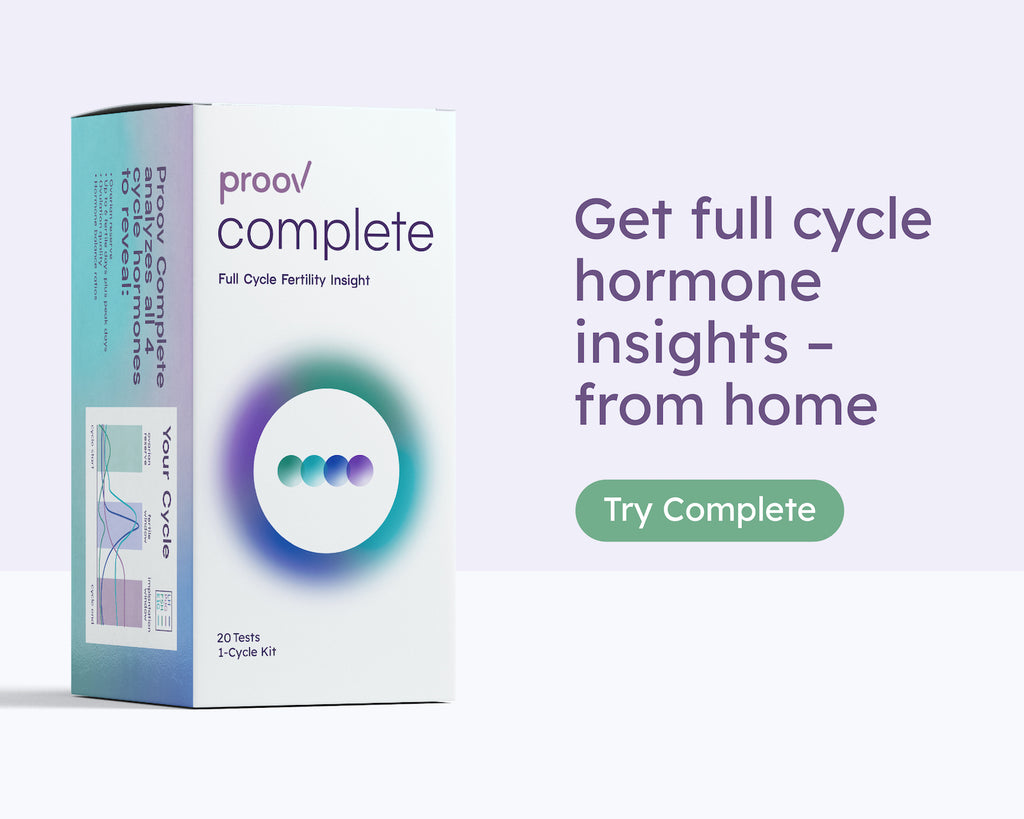
How do I know my most fertile day?
A recent study that included over 98,000 women found that the probability of conception was highest during the five days leading up to ovulation, with peak probability occurring the day before ovulation.
Of course the body is not a machine and every cycle is different. But in general, the more accurately you can aim for the day right before expected ovulation, the better your chances of hitting the most fertile day of your month.
Wait, how can I be fertile before I ovulate?
Here’s a little secret that unwraps the mystery of the fertile window: Eggs are only viable for about 24 hours after they’re released, but sperm can live inside the cervix for up to 5 days (assuming optimal conditions, meaning fertile cervical mucus is present). In other words, your best shot at conception occurs when sperm are already in place and waiting for the egg at the moment ovulation occurs.
When you consider the likely time interval between a positive LH test and ovulation (about 36 hours), and the 24 hours an egg remains viable after ovulation, you're looking at about 60 hours, or 2 ½ days, of prime fertility each month. No wonder they say timing is everything!
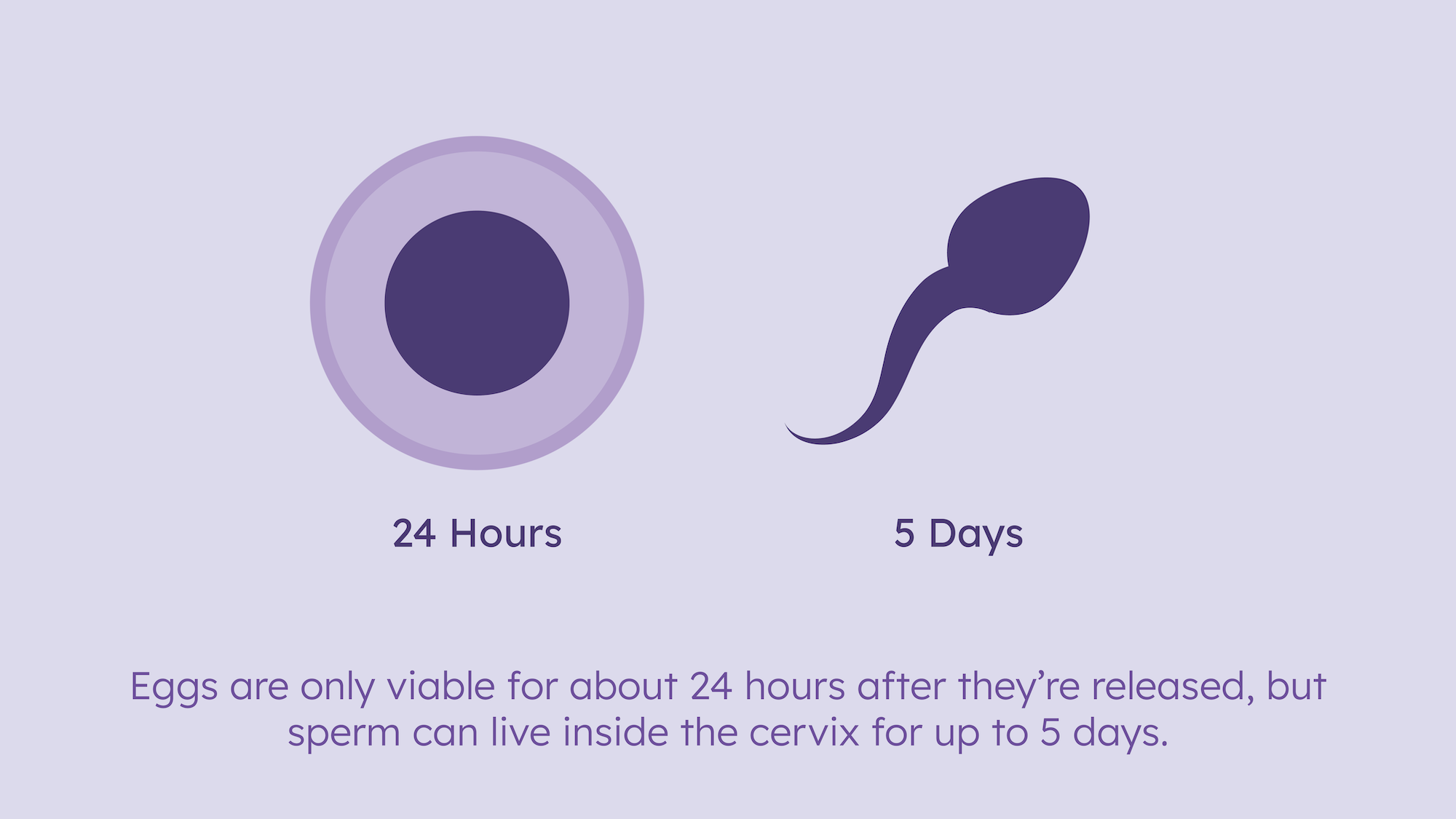
Do I have to "try" every day during my fertile window?
Take that pressure off! Research shows there’s only a tiny difference in the likelihood of conception when having sex every day versus every other day during your fertile window. So don’t be too hard on yourself (or your S/O!) if you’re not in the mood on back-to-back days. This is especially important if you’ve been trying for a while and scheduling sex is starting feel… well, un-sexy.
That said, within reason, when you get that positive ovulation test it’s a good idea to get busy within 36 hours or so if conception is the goal.
By now, you may be wondering why the fertile window lasts for a few days when an egg only lives for about 24 hours. This is because sperm can actually survive inside the cervix for up to 5 days, if fertile cervical mucus is present. So, having intercourse before ovulation occurs can ensure sperm is waiting for the egg once it’s released, giving the egg a higher chance to be fertilized.
The Key to Making the Most of your Fertile Window? Timed Intercourse or Insemination!
Timed intercourse (i.e. planning sex around your fertile window) or insemination isn’t exactly...well, sexy. But it is one of the most surefire ways to give yourself the best possible chance at conception! Once you get that peak fertility observation like a positive LH test, you should start having sex.
If you and your significant other have been trying to conceive for some time now, sex might feel less like fun and more like a chore. Research shows there is only a tiny difference in likelihood of conception when having sex every day versus every other day during your fertile window, so don’t be too hard on yourself (or your S/O!) if you’re not in the mood on back-to-back days.
I've gotten a positive ovulation test and timed sex accordingly. Is there anything I can do?
Yes! Many people who are trying to conceive dread the two-week wait between suspected ovulation and a late period that indicates it’s time for a pregnancy test. But rather than wait and wonder, you can actually use this time to gain valuable information about your ovulation, and your chances at successfully conceiving.
This is where PdG tests, such as Proov Confirm or Proov Complete, come in. PdG tests are urine strips that look similar to LH tests, but rather than predicting that ovulation is near, they assess PdG (a urine marker of progesterone) to confirm that ovulation did in fact occur successfully.
Specifically, Proov PdG tests look for a rise in PdG after ovulation, and sustained elevated PdG levels during the implantation window (the all-important days when the uterine lining prepares to receive and retain a fertilized egg). Studies have shown that elevated PdG levels (and positive Proov tests) on days 7-10 after suspected ovulation confirm successful ovulation.
Looking for extra support on your journey to pregnancy? Proov can help!





